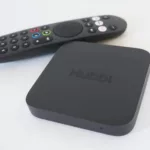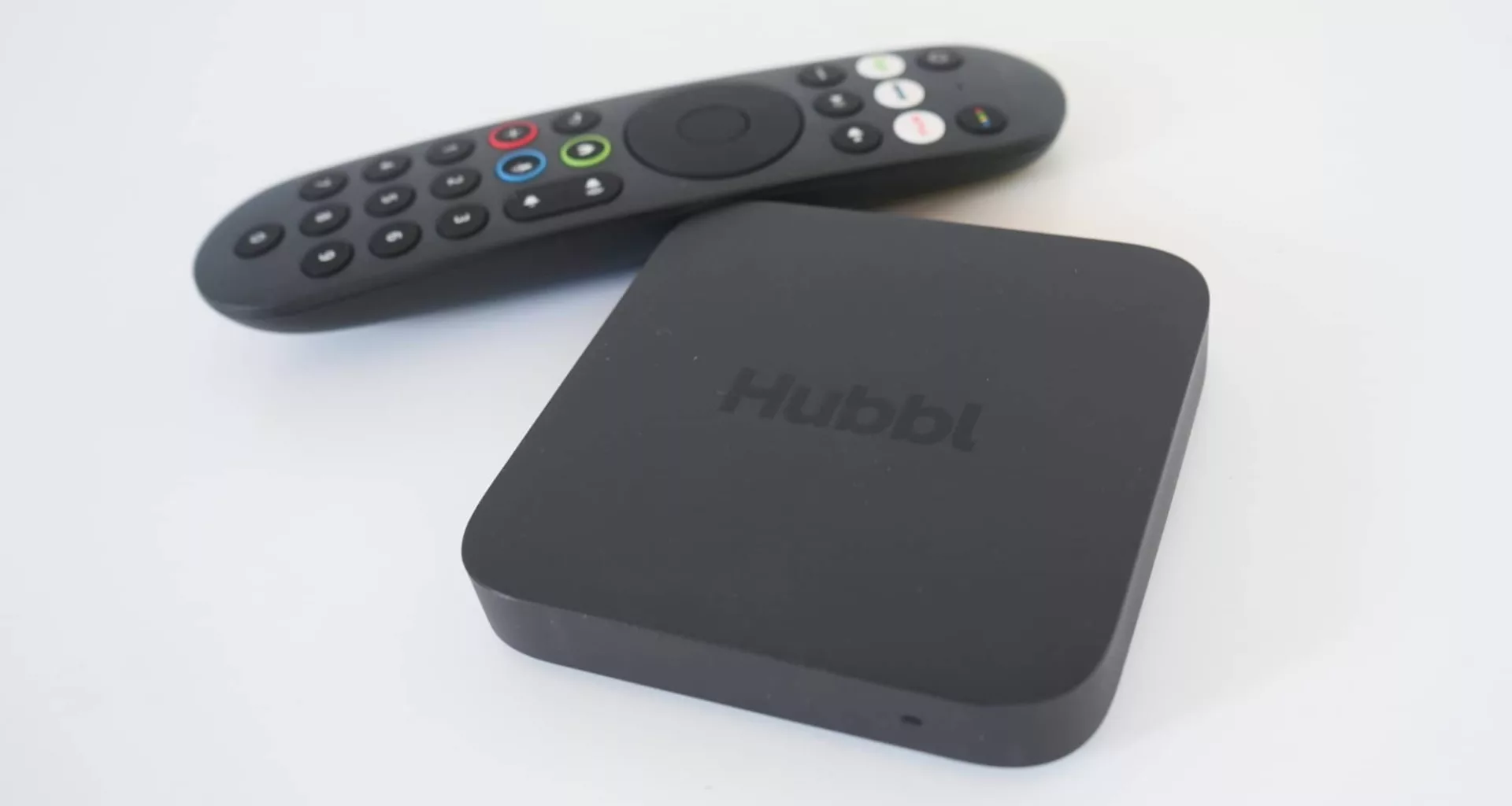Quick review
The good
The not-so-good
Between the free-to-air services and the ones you pay for, wrangling what you watch isn’t always easy. And that’s where Hubbl comes in, as Foxtel’s set-top box tries to fix this area. Tries being the operative word.
What is Hubbl?
Foxtel’s latest (or rather Streamotion’s latest) take to stay in the living room, Hubbl is a set-top box that aims to bring together several services in the one place.
Think of it a little like an Apple TV, except released by the owners of Binge, Kayo, and Flash (the news service you mightn’t be aware of).
And that’s the best way to think of it, because this flat squircle set-top box runs an operating system with streaming service apps to let you bring together services you might subscribe to, while also providing an aerial connection if you use one of those. Not everyone does, and not every home has an aerial connection to offer, but if you do, think of the Hubbl as a set-top box that can accommodate streaming services and digital terrestrial TV, because it can.
The back of the Hubbl screams it, and even tries to help you out with setup thanks to a colour-coded port system:
- No colours for the antenna
- Yellow for Ethernet
- Purple for HDMI, and
- Blue for the power port
The design aims to be easy, and there’s a power button on the bottom in case you physically need to turn Hubbl off.
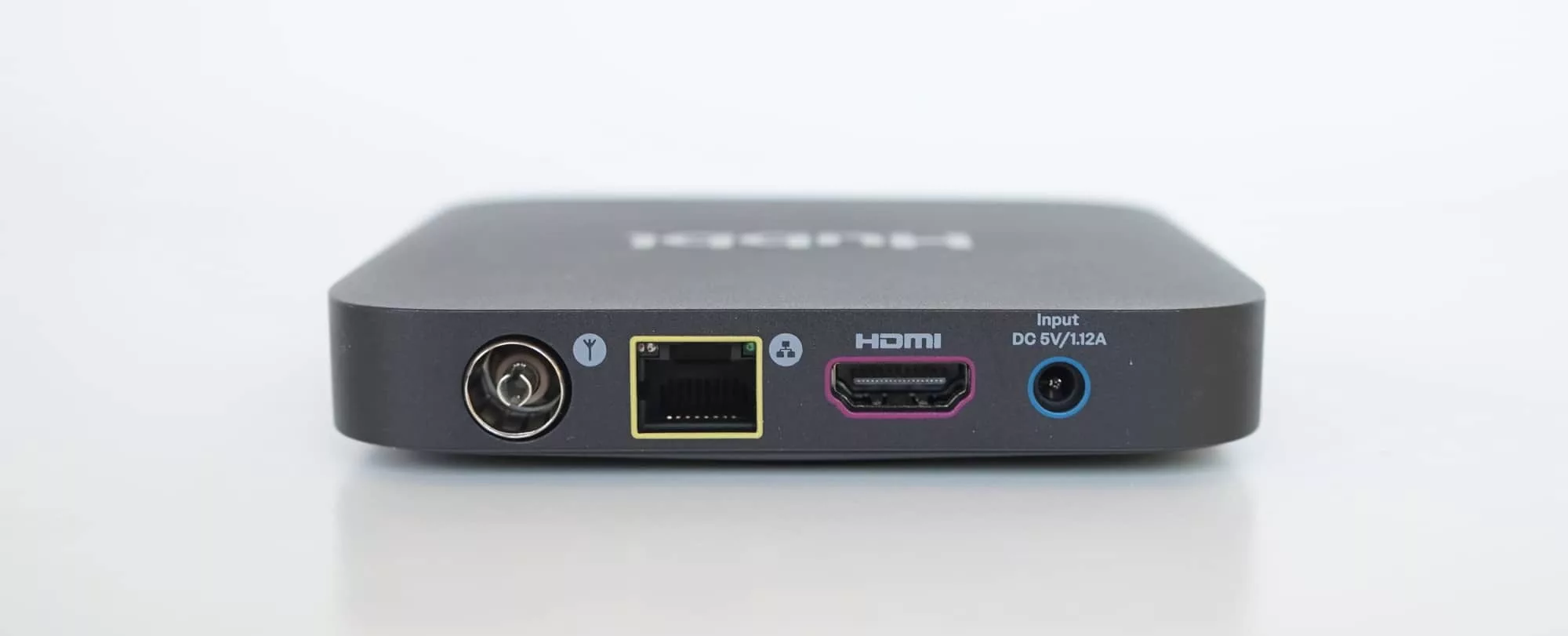
What does it do?
Like other set-top boxes, the purpose for Hubbl is simple: it aims to let you watch TV shows and movies through its operating system and apps.
There’s a remote control to make it easy to browse, and it even includes voice support, should you want to talk to your TV, with service apps gradually rolling out, even if they’re not all there at the beginning.
One other feature could help you save money, with a subscription management screen inside Hubbl to allow you to switch off services and bundle them together from the box itself.
Primarily, Hubbl is built to bring all your services together under one place, or as many as are available, which at the beginning won’t be them all simply because not every app is available just yet.
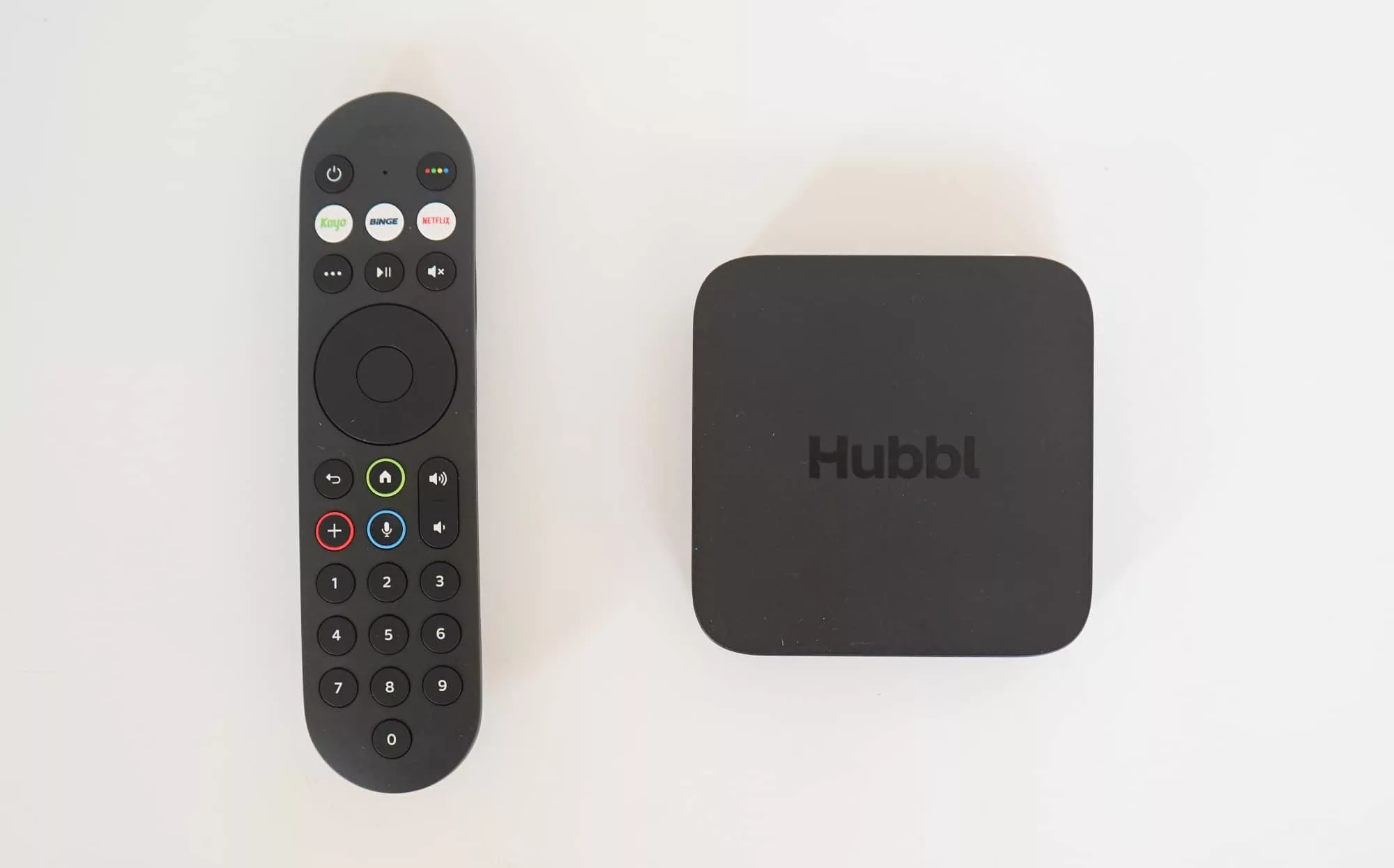
Does it do the job?
As to whether it does any of these things, that’s a question for you and potentially your patience, because this gadget needs it.
Setting up the Hubbl takes time. More than you might expect. And it’s one of those devices that’s in desperate need of a UX team to make the experience friendly, because it feels fairly barebones.
Setting Hubbl up
When you first plug the Hubbl in, you’ll get a nice and friendly “Hello” on screen. There are no sounds, just a simple message that seems like the Hubbl is going to guide you through an easy setup process.
It does not. Aside for waiting for the “Hello” screen to clear after minutes, you’ll find it’s completely absent of little touches of sound, and everything takes time.
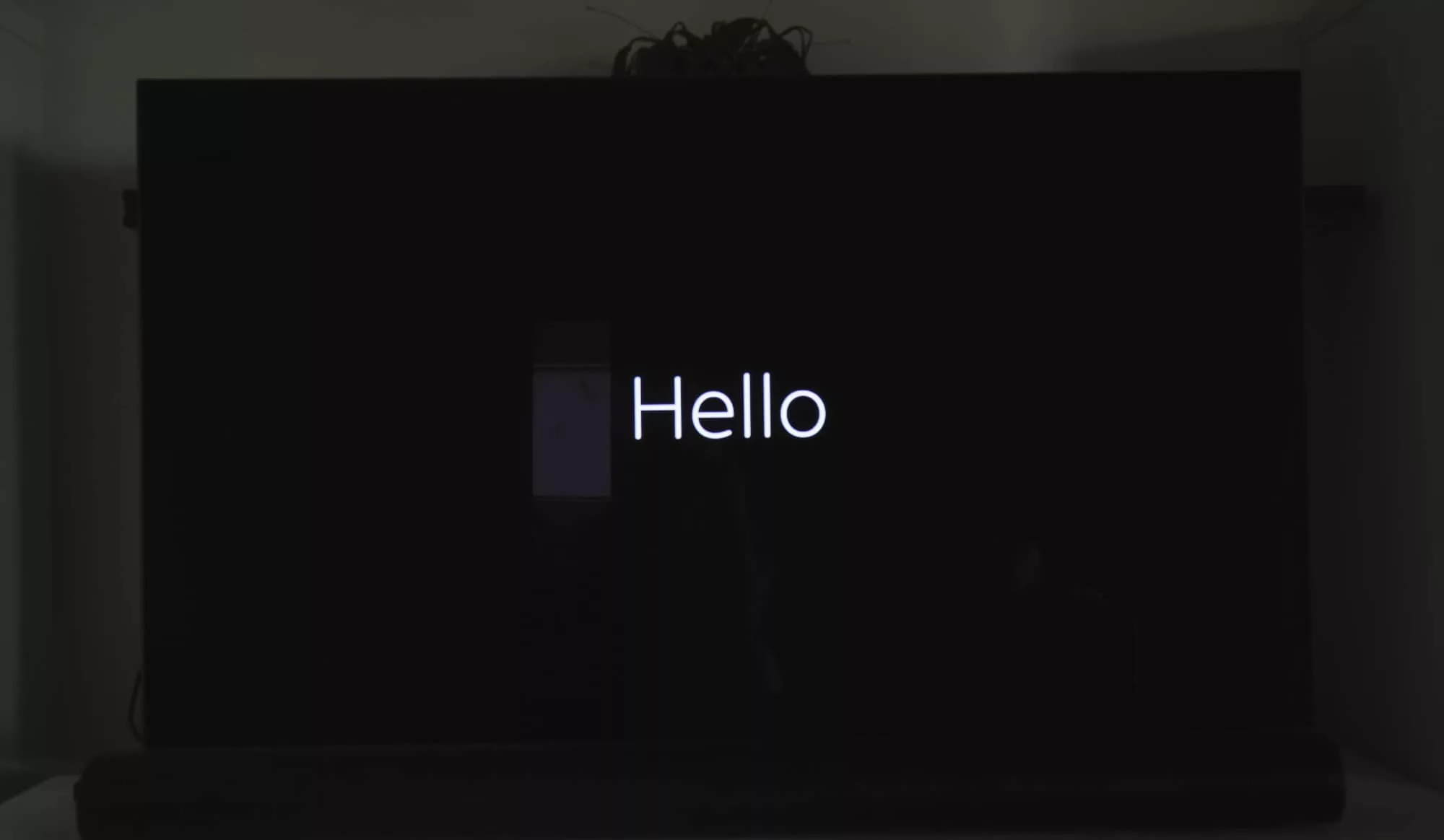
Time for the screens to load. Time for the features to work. Time that you could probably go and get a coffee, because Hubbl is slow, both throughout and after setup.
You can connect the Hubbl to your antenna if you have one, a handy feature if you rely on proper TV, but for folks living without that connection, it’ll be about linking apps to the Hubbl, and this process can feel broken.
Linking apps and services
In fairness to Hubbl, this process isn’t technically its fault, but Hubbl hasn’t made it any easier. Seven worked fairly easy, our Binge access was detected by our Streamotion account, Disney+ can be set up inside the app on your phone, while SBS requires you to type your email and password word in. Meanwhile, our ABC set up didn’t complete, even if it implied it did, and there was no way to make it complete.
When we realised there was a problem with the ABC account itself, we also found out you couldn’t remove an app or its account from Hubbl without resetting Hubbl entirely. That means if something goes wrong with any of your apps, Hubbl needs to be completely reset from scratch. Frustrating.
If you can somehow live without fixing the failures (sorry ABC), you’ll find Hubbl is dramatically slow.
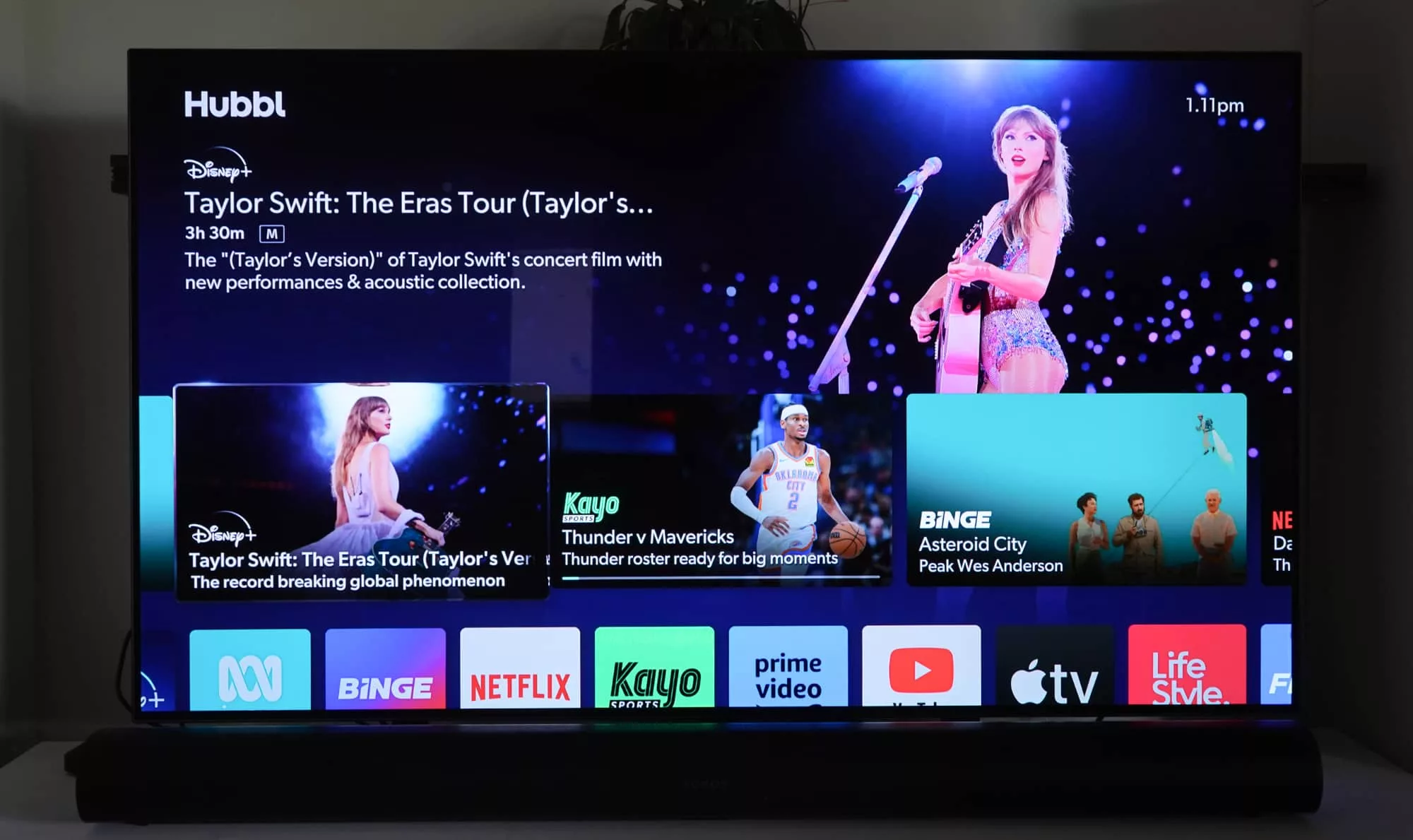
Problems with usability
The home screen you have tries to bring your services together in one place, complete with suggestions on what to watch, and fashions itself largely as a clever TV guide of sorts. However, navigating Hubbl is less helpful, largely because of how darn slow the whole thing is.
Our review notes are littered with references to the lack of speed.
Jumping between Hubbl’s several screens can be slow to the tune of a minute or two. Sometimes, you’ll get a black screen. Going into settings often requires waiting for more seconds than expected to switch into a different screen.
Heaven forbid you jump into an app like Disney+ and look for something to watch, because that is also slow, clunky, and hardly feels responsive.
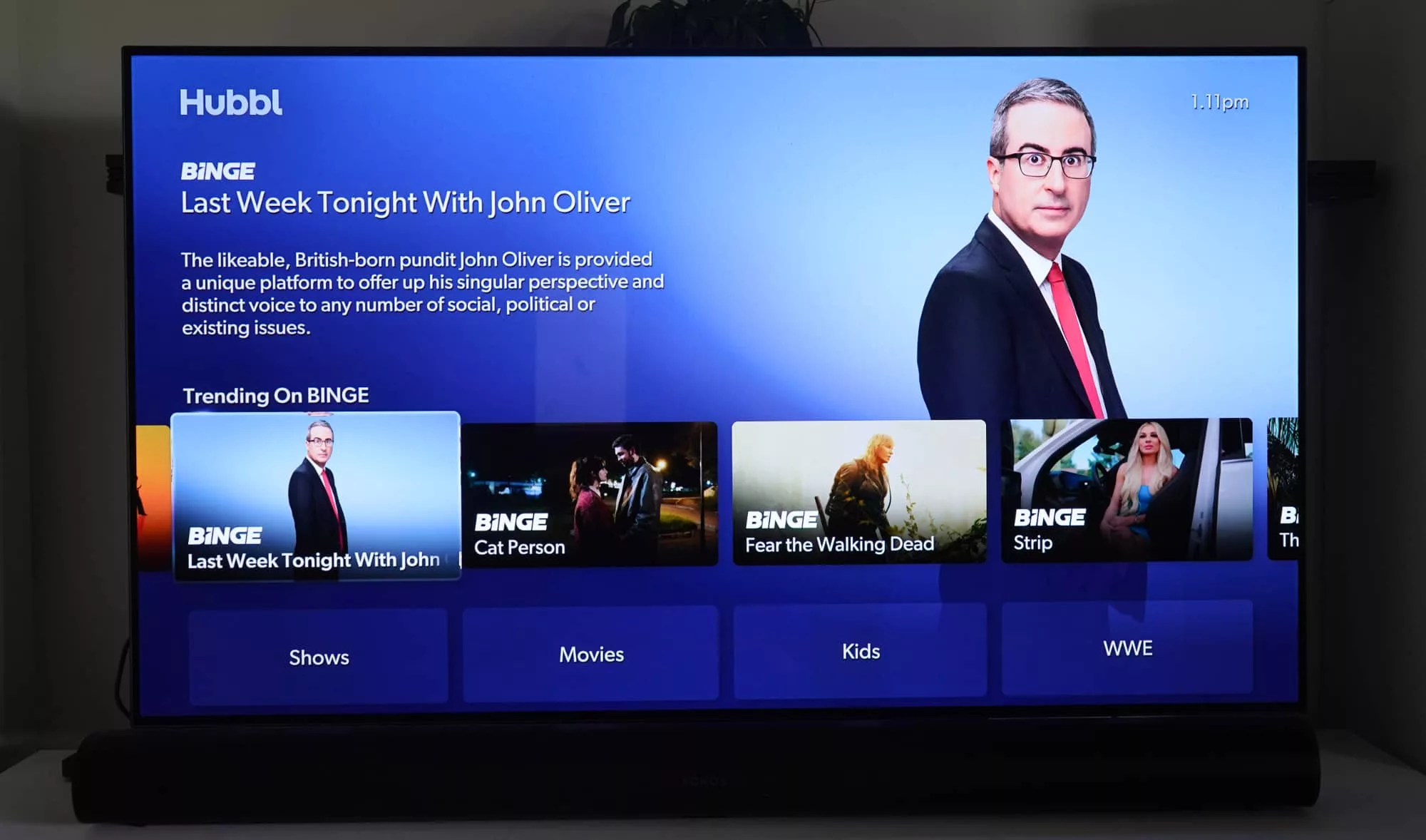
Interestingly, Binge is fast, and feels like it was tuned to the Hubbl to be more responsive than any other app. But everything else, including the experience of using Hubbl in the first place, is a test of your patience, almost unnecessarily so.
At least the remote is nice, which is possibly one of the most well-designed features of the package.
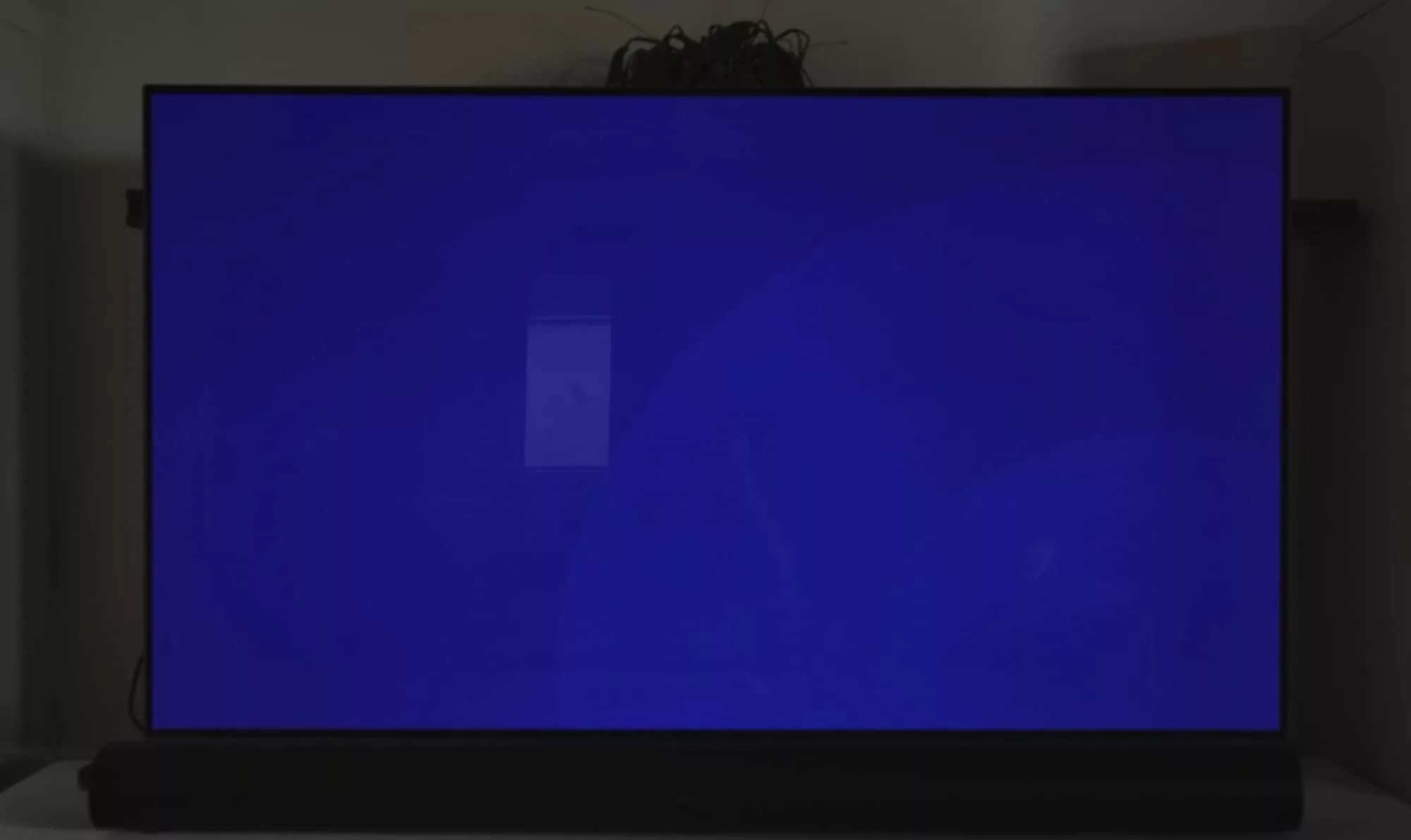
What does it need?
It’s staggering to think that the hardware helping you use Hubbl is better designed than the software, but that’s where we are, and an hour into reviewing Hubbl, we started to ask ourselves seriously, legitimately, why Hubbl’s quality assurance team would let this thing ship with this many issues, and we’re not entirely sure why.
The setup isn’t as friendly as it could be, and sometimes the experience feels hamstrung by its own design, but the lack of speed is genuinely frustrating to the point of making Hubbl difficult to keep up with.
It also misses out on a rental store, which is something competitors offer. You can rent and buy movies from an Apple TV and an Amazon Fire equivalent, while Google has its own Movies & TV store on the Google TV Chromecast gadgets.
Hubbl? That’s missing out, meaning if it’s not on a video service you subscribe to, this little gadget won’t be able to help you out.
Frankly, Hubbl just feels like a work in progress that so desperately needs more work. This thing isn’t done, but we’re not sure it’s ready for prime time, either.
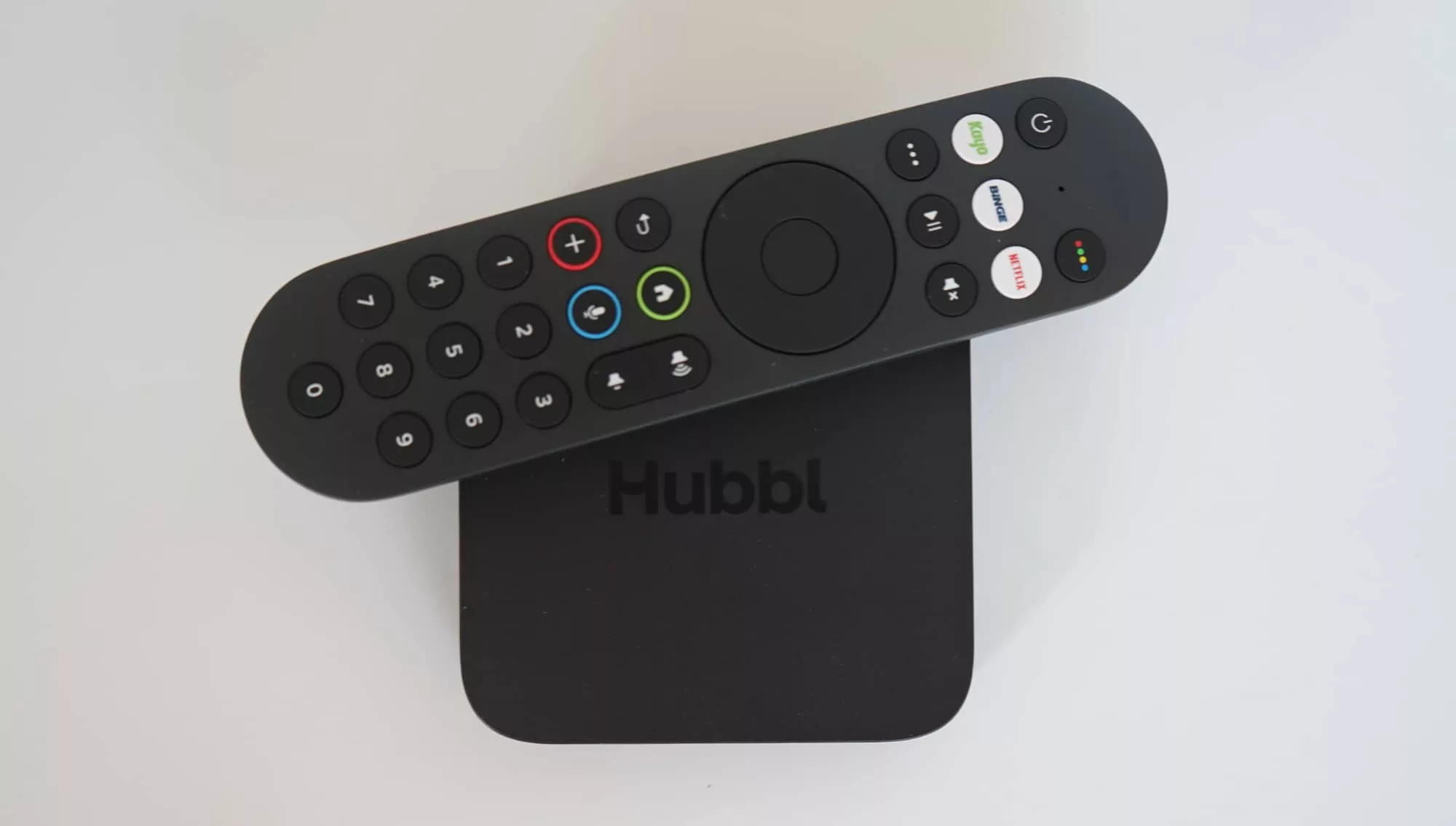
Is Hubbl worth $99?
About the only possibly thing going for Hubbl is its price, which at $99 makes it a clever proposition for people unsure about a smart gadget, or may be thinking about ditching Foxtel because of cost.
In our testing, we found Hubbl supports 4K, even if not every service or plan you subscribe to does. That’s great if you have a 4K TV, and given pretty much every TV sold at the moment is 4K, it means high-res visuals are possible. Your service choices will differ, of course, but for $99, this is a 4K set-top box.
It also might save you money depending on how you bundle the services together. We’re not talking about heap of savings, with roughly a max of $15 per month on offer in if you bundle the plans from within Hubbl.
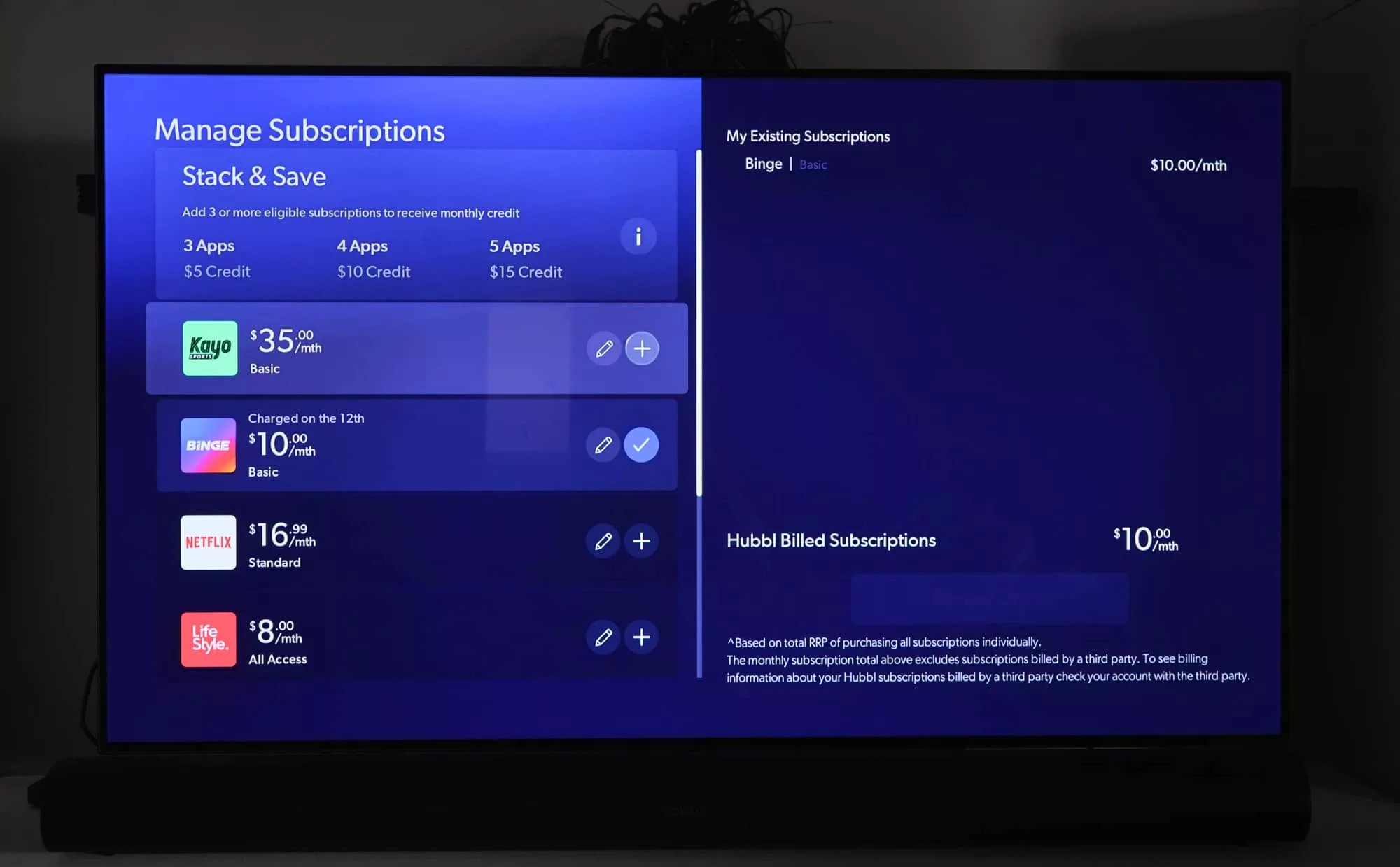
You can’t choose every service, either — this is just a set number of services you can manage and bundle, so its use may or may not be as helpful as you expect. It’s something, sure, but it’s not everything.
Between the savings and the fairly wallet-friendly set-top price of $99, the Hubbl sure looks like a good value, particularly if you’re a fan of Foxtel’s offerings.
And yet, it’s also slow, clunky, and difficult to keep going with. It’s difficult to recommend simply because the experience is so awkward and trying.
The price may well be fine, but so are some of the competitors, including the $99 4K Chromecast with Google TV, or the $59 HD equivalent. Amazon’s 4K equivalent in the Fire TV Stick 4K is $79, while the HD model is also $59. Neither option offers an aerial, but you may not care, either.
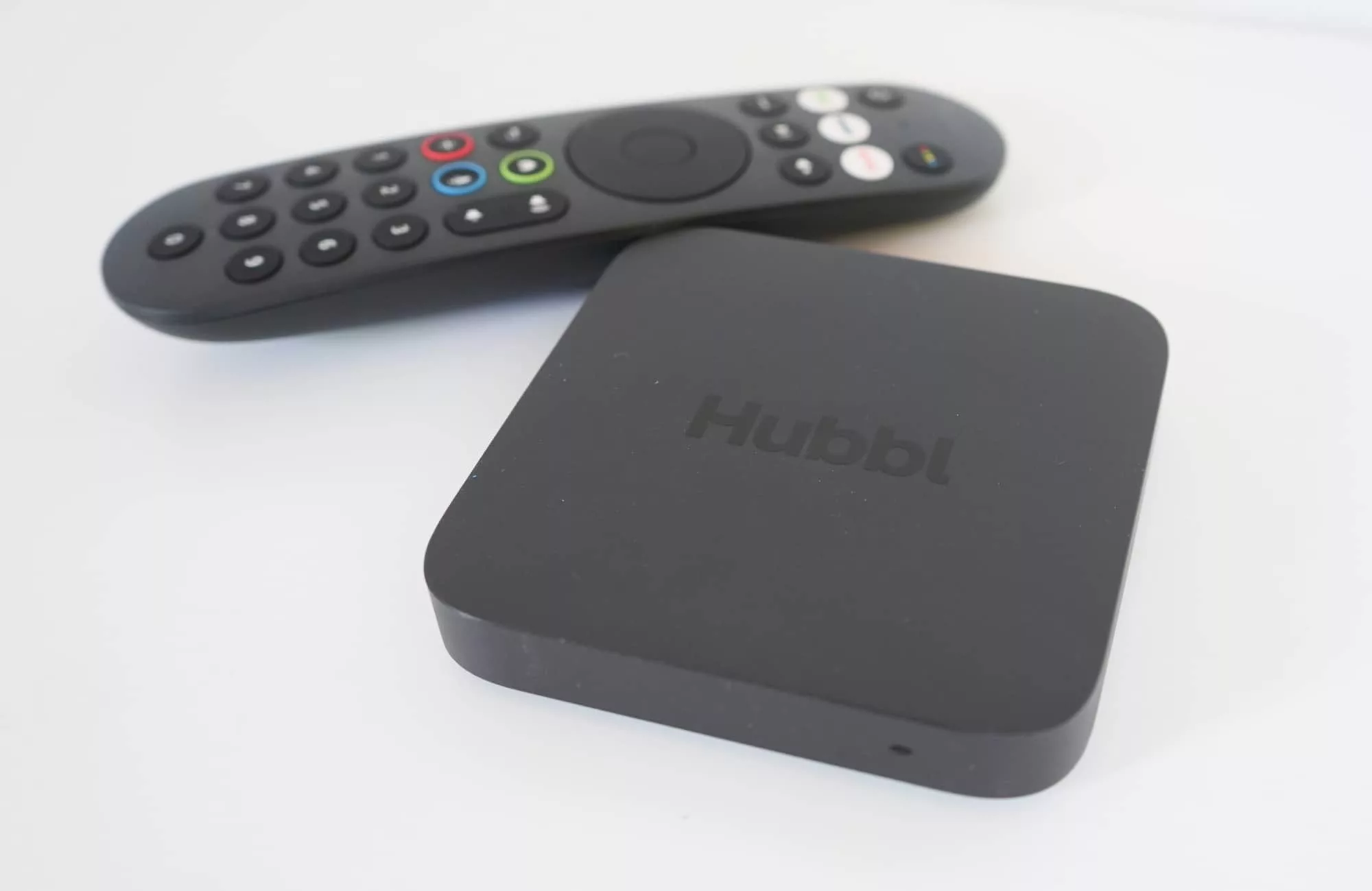
Yay or nay?
Unfortunately, there is very little that the Hubbl does differently to make its proposition worth the cost of admission. If it were better, okay, but it’s not, and feels very much like a work in progress that’s still being patched up.
It’s a shame, too, because aspects of the Hubbl are clever. The watchlist system is a clever way to add TV shows and movies you want to watch across platforms, something we’ve not really seen before. You can even do it directly from the remote, which is also one of the more well thought out remotes we’ve seen in recent times.
But it’s also not a great experience, and is just so slow. Even sticking with using Hubbl is a trying experience, and one you may find you give up on quickly.
Bit by bit, the Hubbl could eventually be better. But at launch, it’s difficult to find a convincing argument to buy one of these things. Maybe in a year or two, just not right now.
